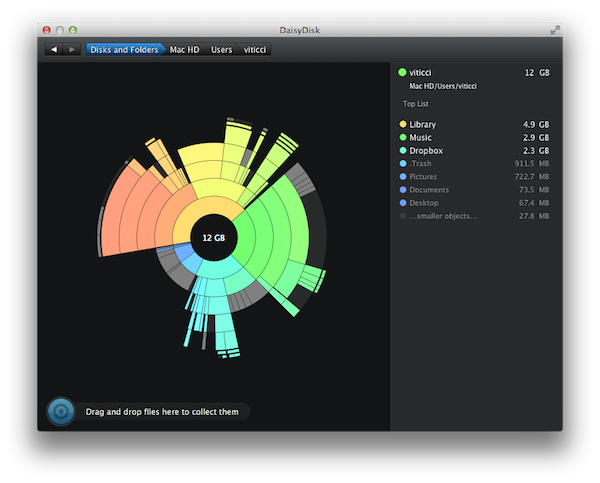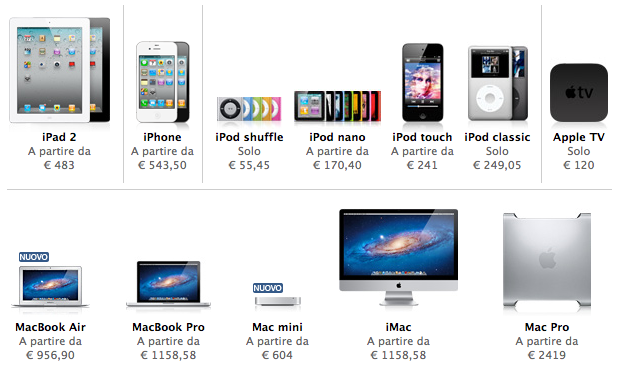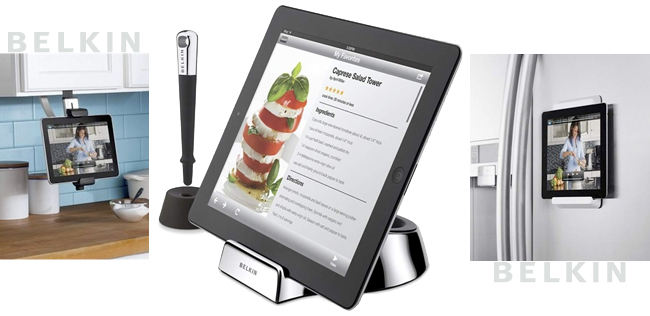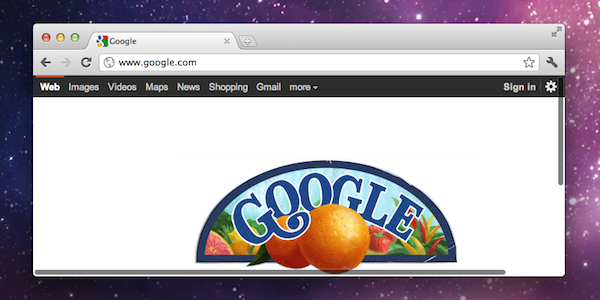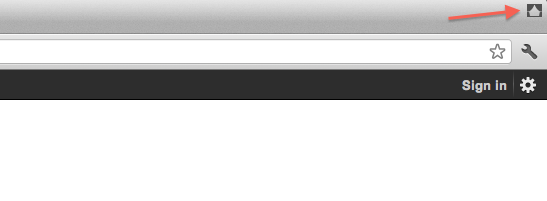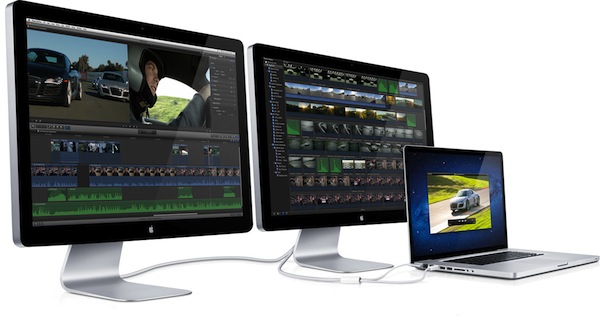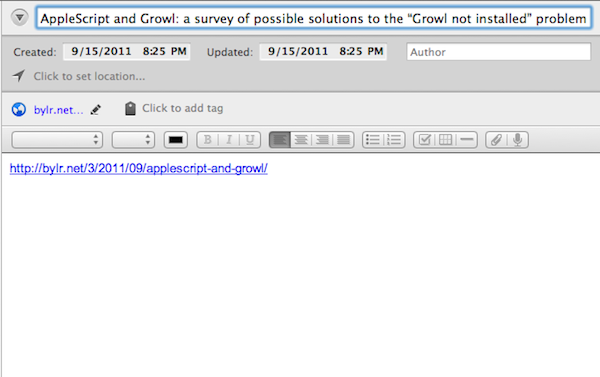Image credit: Done by Emily Carlin on Flickr
KIMS, unlike KISS (Keep it simple, Stupid!), is removing the notion that we have to toss out our complicated, but memorable systems in favor of simple workflows. I think throwing away what works is the wrong way to go about changing your workflow or lifestyle for the better.
In looking for a simpler way to do something you’ll be presented with tools, pitched ideas, and told that your quality of life will be better if you take this system you have now and simplify it. I think the big problem is that people tend to confuse the words simple and minimalism. To say I should simplify my workflow is to say I should throw out my system because it’s inefficient. That might be true if I was to compare how productive I am to how productive you are. However, our jobs are likely different and even if they were the same, it’s like comparing how well I run to a guy who’s been running in marathons for the last twenty years. You can only accurately measure and reference yourself!
Where I make my case is that you shouldn’t toss a memorable system for the sake of minimalism. Text files for example are extremely minimal, but not many people want to go commando and start setting up areas of focus in Dropbox, when tags and journals in Evernote are much easier to manage for lots of people. You’re told you should do this thing because you’ll ultimately be more productive or you’ll remove a point of stress and clutter in your life, but I have a feeling that the transition and “attempt” (because you’ll never really stick with this minimal system) is going to be a point of stress itself.



